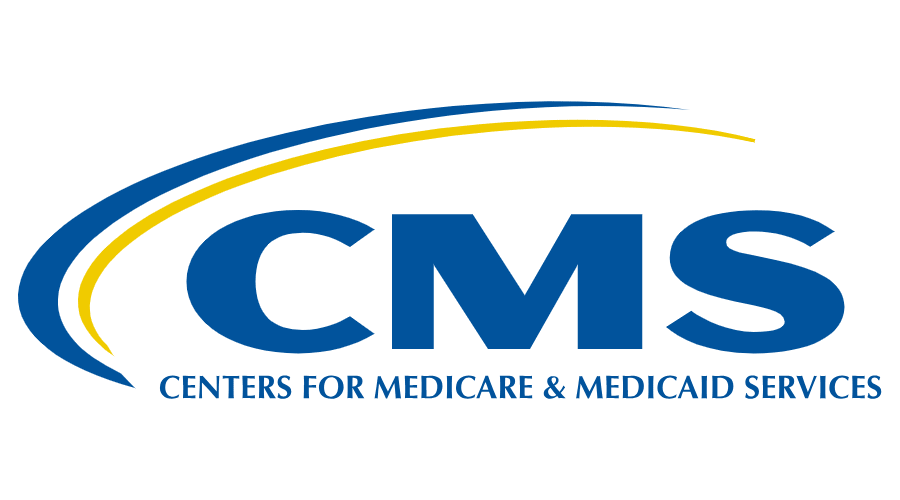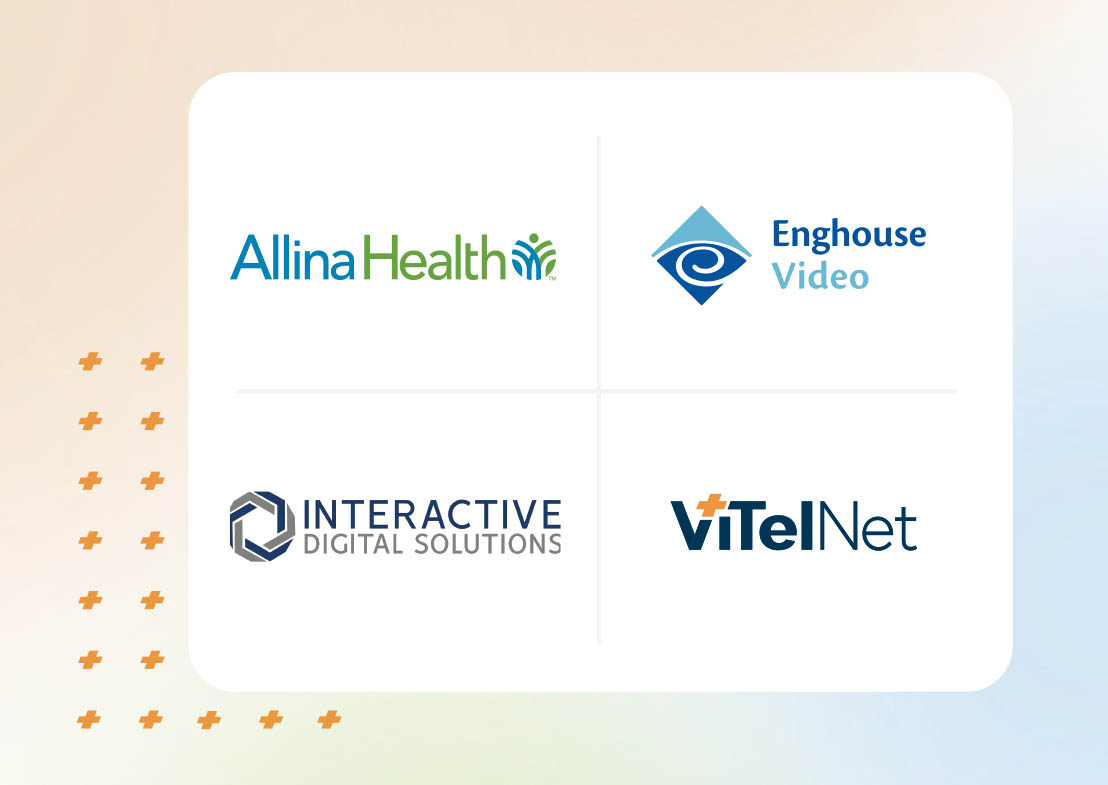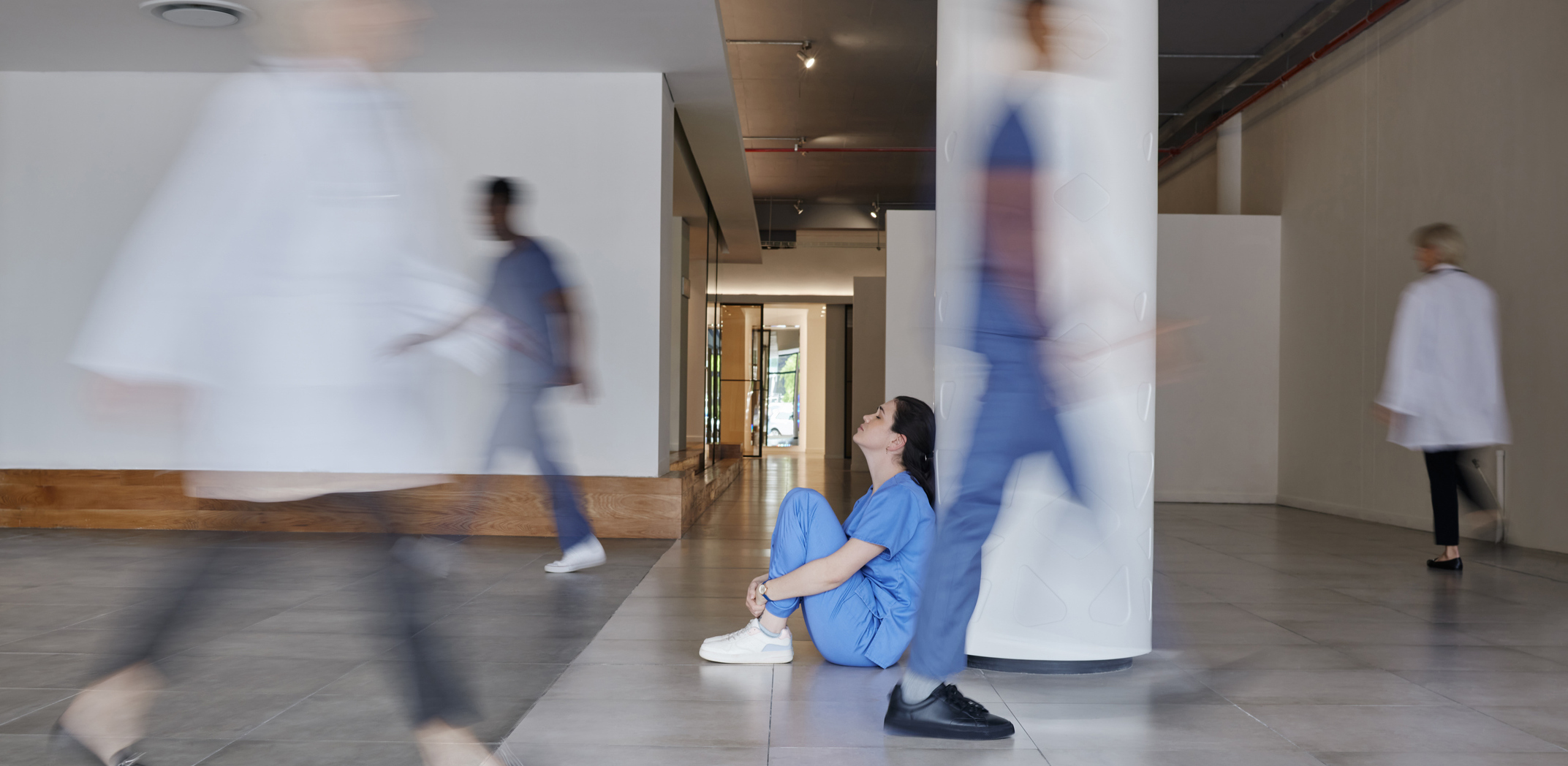In a recent exchange with American Telemedicine Association CEO, Ann Mond Johnson, I expressed my concern with the limiting effect on the scalability of integrated remote patient monitoring programs caused by the Centers for Medicare & Medicaid Services (CMS) policy requirement to use connected devices. To my surprise, this was the first time any of my peers in the industry had brought the concern forward to her, so I may get some hate mail in response to this post, but if we are going to be true to our mission as an industry to ensure people everywhere have access to the care they need to live their healthiest lives, then we need to address some hard realities.
It’s strange to hear a technology provider tell you that it’s not in your best interest to implement the latest and greatest tech for your virtual care programs, but when it stands in the way of scaling programs intended to improve outcomes for chronically ill patients, it has to be said. Don’t get me wrong, I think the technology and the Bluetooth Low Energy (BLE) devices work great, but there are multiple factors to consider in achieving successful remote patient monitoring (RPM) programs that can scale. Chief among them is economics – and the Centers for Medicare & Medicaid Services (CMS) policy requiring the use of connected devices runs afoul the mission to provide proactive care for large cohorts of high risk patients at home.
As of January of 2021, the CMS policy mandated that a health system utilize connected devices to “digitally” (i.e. automatically) upload patient physiologic data and expressly prohibits such data from being self recorded or reported by the patient in order for the health system to be reimbursed for the monitoring service. While the policy was intended to minimize or prevent fraudulent behavior, the reality is that the requirement blows up the economics of RPM programs and makes it cost prohibitive to scale in any meaningful fashion. To illustrate the financial impact the connected devices requirement has on these programs, consider the recent example of monitoring COVID positive patients at home to avoid unnecessary emergency room visits and relieve stress from overwhelmed acute care facilities.
In partnership with Avel eCare to support emergency critical care service delivery for a National Emergency Telecritical Care Network (NETCCN) initiative funded by the Department of Defense, we were not limited by the CMS connected device requirements. As such, Avel was able to send simple, low cost, non-connected pulse oximeters to COVID positive patient homes and enable them to utilize thermometers and computers, smart devices, and in some cases plain old telephones to self report their blood oxygen saturation, pulse rate and temperature on a daily basis. Given the low cost of the pulse oximeters, there was no need to reclaim them from the patients. Support requirements were minimal as a single page instruction sheet with pictures showing how to turn on and place the pulse oximeter on the finger was about as easy as it gets. Enabling patients to login through a web portal from devices they already have, know how to use and are pre-connected to their local network to self-report via a simple guided workflow was highly effective and minimized tech support requirements. One of the lessons learned through the experience was that smart devices aren’t as pervasive in the middle of the country as those of us who live on the coasts believe they are. Having the ability for the remote monitoring staff to capture and trend biometric data from consumer health devices over the telephone and enter it on the patient’s behalf proved to be extremely useful for elderly farmers who only had landlines or flip cell phones. As a result of the program, only 17% of the monitored population required escalation to acute care, which meant there was a 83% reduction in unnecessary ED visits. And there was at least one documented case where a patient that really needed acute care attention to save his life would not have sought that care if it hadn’t been for an intervention by the monitoring team. Significant outcome improvement achieved without connected devices!
If your health system was dependent on CMS reimbursement to offset your costs for the program, you would incur the following costs per patient for relevant vitals capture:
- Vitals Capture Devices. BLE Pulse Oximeter and BLE Thermometer with API integration to your remote patient monitoring platform
- Hub Device. Typically a low end Android tablet.
- Kitting Deployment Service. Imaging and pre-pairing the devices with the hub, kitting them up and shipping to patient
- On-boarding and Support Service. Training for patients of varying technical competency on how to utilize and maintain the equipment in the kit
- Reclamation Service. Coordinating with the patient for the return and cleansing of the kit for redeployment since the kit is too expensive to leave with the patient
- Replacement Device Inventory. For when patients lose or damage the devices in the kit
Here’s a sample comparison of costs for the same program using connected vs unconnected devices. The model assumes a 25% device replacement rate. The services fees are estimates based upon variable shipping costs and setup time per kit for a minimum wage resource, and as such, are subject to variation.
| Connected Devices | Unconnected Devices | |
| Vitals Capture Devices | $100-350 | $5-20 |
| Hub Device | $200-300 | $0 |
| Kitting Deployment | $30 | $5 |
| On-boarding & Support | $20 | $5 |
| Reclamation | $20 | $0 |
| Replacement Inventory | $25-87.50 | $1.25-5.00 |
| Total per Patient | $395-807.50 | $16.25-35 |
There is more than an order of magnitude difference in cost between the two approaches. If your health system is at risk for a population, the cost savings associated with keeping patients out of your ED and acute care beds will easily justify the expense of connected devices for your most medically complex patients. There is also great work going on in the connect device space with regard to improved engagement models that may justify the higher cost deployment in some programs. But when you are attempting to scale a program to service the needs of thousands of patients that span a wider spectrum of acuity, the connected device model can quickly become fiscally impractical.
CMS, let’s remove unnecessary barriers for programs that ultimately lead to healthier outcomes and an overall lower cost of healthcare in the U.S.






